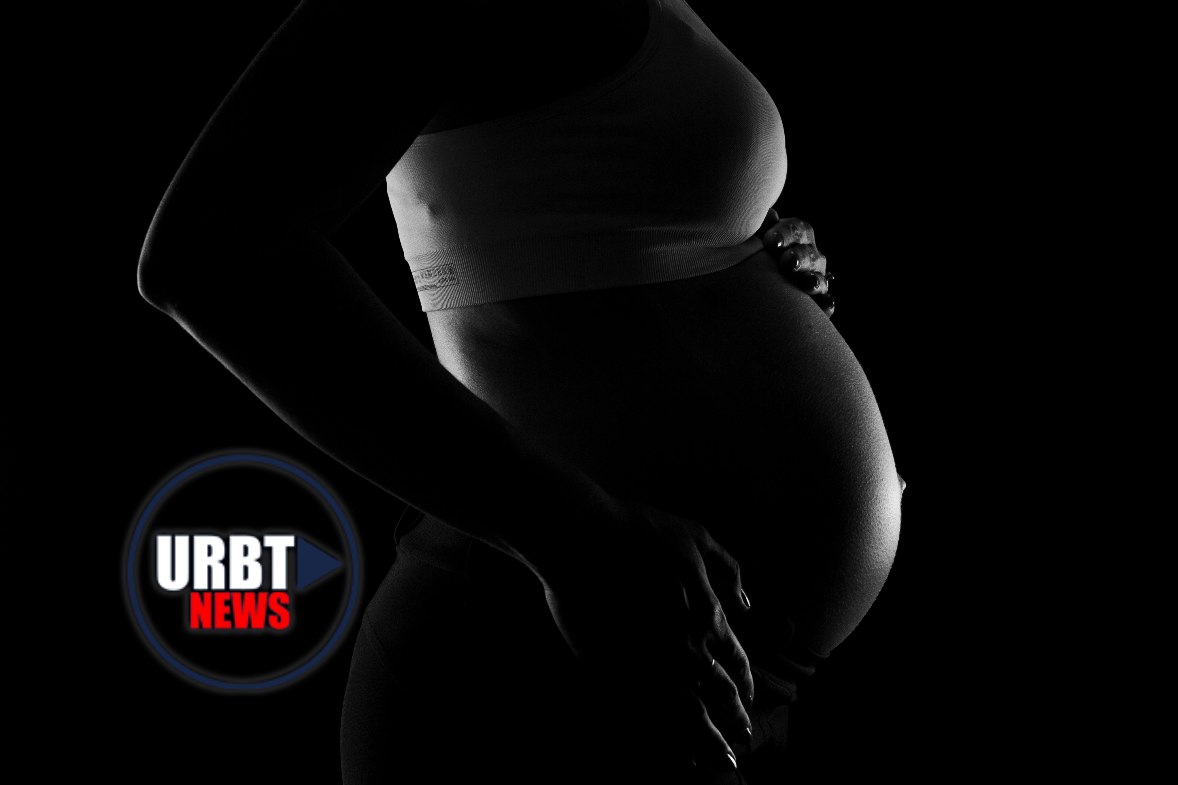Published
5 months agoon

In recent weeks, a bizarre story has made the rounds on social media: a supposed “pregnancy robot from China” that can simulate the entire nine-month human gestation process. The viral claim was accompanied by sensational photos and videos of humanoid machines with artificial wombs, sparking both fascination and alarm. Some users were intrigued by the potential applications for science and healthcare, while others expressed disgust at what they perceived as another step toward a dystopian future.
But let’s set the record straight—this so-called “pregnancy robot from China” is fake. The images and clips circulating online were either digitally manipulated or taken out of context. There is currently no evidence that a fully functioning humanoid robot capable of experiencing and sustaining pregnancy has been developed in China—or anywhere else in the world. Still, the popularity of this hoax raises an important question: could technology like this ever become a reality? And if so, what would it mean for society?
The appeal of the story is clear. Robotics and artificial intelligence have made astonishing progress in the past decade. From lifelike androids that can mimic facial expressions to surgical robots that outperform human hands in precision, the idea of a robot capable of mimicking one of the most complex biological processes on Earth—pregnancy—feels just believable enough to capture attention.
On platforms like TikTok, Twitter (X), and Facebook, the combination of futuristic imagery and the emotional weight of childbirth proved irresistible. It tapped into deep cultural anxieties about artificial life, gender roles, and the boundaries of human innovation. In reality, however, the story lacked any verifiable scientific backing. No reputable news outlet, academic journal, or robotics institute has ever reported progress on such a machine.
While the humanoid “pregnancy robot” is fiction, the underlying idea of artificial gestation isn’t. In fact, scientists have been experimenting with artificial wombs and related technologies for decades.
In 2017, researchers at the Children’s Hospital of Philadelphia successfully sustained premature lamb fetuses in a device often referred to as a “biobag.” This artificial womb used a system of fluid-filled chambers and carefully regulated oxygenation to mimic conditions inside the uterus. The lambs grew normally, and some even developed functional organs, suggesting the possibility of one day supporting extremely premature human infants.
More recently, Chinese scientists published studies exploring “ectogenesis”—the process of growing embryos outside the human body. Their work includes automated monitoring systems that track embryo development, potentially reducing reliance on human surrogates in research settings.
None of these projects, however, involve humanoid robots “carrying” a child. The focus is on medical devices that replicate the biological environment of a womb, not anthropomorphic machines.
Theoretically, creating a robot that simulates pregnancy is possible.
Even if the technology becomes feasible, society will need to grapple with difficult ethical questions. Who controls artificial wombs? Should they be used only for medical emergencies, such as saving premature infants, or could they eventually replace natural pregnancy? Would this empower women by reducing the health risks of childbirth—or commodify reproduction in troubling ways?
Some ethicists argue that artificial wombs could revolutionize equality, freeing women from the disproportionate physical and social burdens of reproduction. Others warn that such advances could deepen inequality, with only the wealthy having access to “designer” gestational technology. As history has shown, medical breakthroughs often spark debates over morality, accessibility, and unintended consequences. Visit URBT.COM
The viral “pregnancy robot from China” is a hoax, but the fascination it sparked reveals genuine curiosity about the future of human reproduction. While no humanoid robot is capable of carrying a child, research into artificial wombs and ectogenesis is very real and progressing steadily.
Instead of imagining android mothers, the more likely future is one where biomedical devices—not robots—support premature babies or perhaps even enable gestation outside the body entirely. Whether that future arrives in decades or centuries will depend on scientific progress, public acceptance, and the ethical choices humanity makes along the way.
For now, the pregnancy robot belongs in the realm of science fiction—but science itself is steadily pushing the boundaries of what once seemed impossible.
pregnancy robot china fake | artificial womb technology | pregnancy robot hoax debunked | future of reproduction | ethical implications artificial womb | artificial womb research advancements | is a pregnancy robot possible | china tech hoax | fake pregnancy robot viral | artificial womb development | reproductive technology advancements | future of parenthood | ethical considerations reproductive tech | pregnancy robot news | debunk pregnancy robot claim
PregnancyRobot #ArtificialWomb #FutureofTech #Bioethics #ChinaTech #FakeNews #ScienceNews #URBTNews



Christmas Returns Explode: Americans Return Gifts to Pay Rent, Utilities


Sega Co-Founder David Rosen Dies at 95: Gaming Pioneer’s Legacy


The Shifting Sands of Beauty – A History of the “Ideal” Woman


Young Teens Stumbling Across Porn: How They Find It and What to Do


George Zimmerman’s Job Struggle: A Life Sentence After Acquittal?


African Union Urges Accurate World Maps to Reflect Africa’s True Size